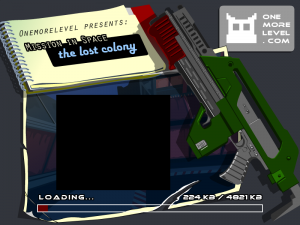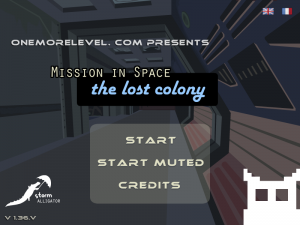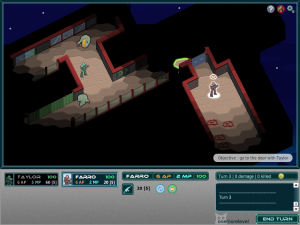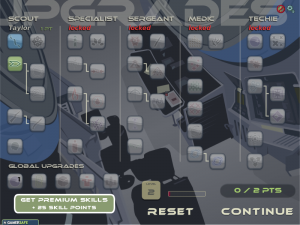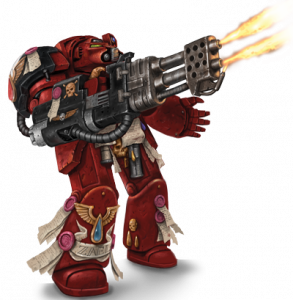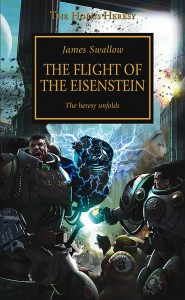This was released earlier in the year so I’m a bit late, but I want to highlight Mission in Space: The Lost Colony, a videogame by Storm Alligator. This is one of the best games I’ve played in some time now, Flash or otherwise.
For one reason or another I never really played XCOM, but I clearly would have loved it. Mission in Space plays somewhat like a simplified, shorter, Flash version of XCOM. You control a squad of space marines as they attempt to clear out an infested colony. The story is pretty standard sci-fi alien spaceship invasion stuff, but there is a good narrative to the missions: Regrouping with stranded troopers, collecting data cubes, locking important bulkheads, destroying the nest, getting the hell out of there, and so on.
The game is turn based and the later missions especially require some thinking about your overall mission strategy. Toward the end it gets pretty hard, and don’t expect to get all your troopers out alive. There are just enough inventory and upgrade options throughout the game to add some flair and require real overarching decision making, without becoming overwhelming or boring. A lot of the skills and kit acquired as you go on are critical in the later missions. I was hoping for a few more types of aliens, but there’s definitely enough variety in the missions to keep you engrossed.
Artwork throughout is gorgeous. It has a fairly distinctive style to it and manages to be fun and just short of cartoony while also having some nice darker hints. I particularly like the use of shadows, including the fog of war and the vague hints of a larger structure around the borders of parts of the colony you don’t explore.
Perhaps most importantly, the game combines good strategic play with a super intuitive interface. Unfortunately the release version has thrown in a lot of tutorial info boxes that clutter up and slow down the opening levels a bit, but otherwise the gameplay is extremely smooth. Essentially no matter where you click, the game takes the action you would want it to take, whether it’s clicking on the map, dragging the map, clicking on an alien, action icons, trooper icons, whatever. It’s actually one of the most intuitive game interfaces I’ve ever used.
All in all, Mission in Space is a rock solid sci-fi strategy game. It’s actually the only game I’ve played through to the end in years, so I highly recommend it to anyone at all interested in the genre.
There’s a bit more description in the highly positive Jay is Games review. You can play the game at missioninspace.com as well as a number of portals like Kongregate and Jay is Games.
